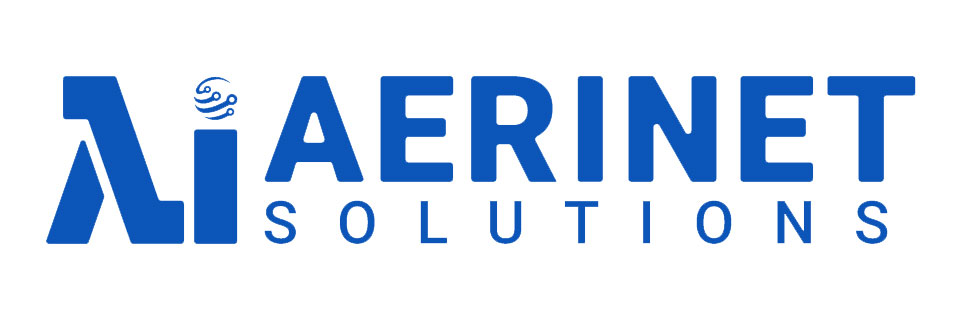Maintaining accurate and useful reports on reliability was long a source of frustration at Homer Electric Association, a 32,000-member cooperative in Homer, Alaska. Jim Cross, Homer Electric’s engineering supervisor, notes that over the years the cooperative had difficulty extracting data from various outage management software and then faced a manually intensive means of calculating reliability using Excel and Visual Basic. “We were struggling with our calculations,” he says.
Cross also says that Homer Electric was not unlike a lot of cooperatives across the country when it came to making productive use of the information it did collect. “It seems to be a common practice,” he says. “Co-ops calculate their SAIDI and CAIDI (Customer Average Interruption Duration Index) every few months. We show them to the Board and then it gets filed in a cabinet.”
Two years ago, in a meeting with other co-ops and members of the research program at NRECA’s Business and Technology Strategies (BTS) department, Cross found inspiration. “Tony Thomas of BTS said to us – ‘There is all this amazing information that you can coax out of your system data – why aren’t you doing it?’” The first step for Cross was to come up with a way to more efficiently and effectively capture that data before he could consider data analysis. That led to Homer Electric deciding to migrate to the PwrMetrix® tool to calculate reliability.
The difference was immediately apparent. “I know firsthand how many hours I used to spend coming up with our reliability numbers using that old spreadsheet. PwrMetrix® has taken care of the backend reporting, and now they are starting to build out interfaces for our use. I don’t have IT guys tied up four hours a month uploading data – it’s done quickly and in a more timely manner through PwrMetrix®. I don’t have to wait to the end of the month for the data I need – I have it ready to use the next day.”
It is delivered in a format that is effective when sharing with senior management and the board of directors. “We now have the ability to use geographic data and display it graphically,” says Cross. “When you put a table of numbers up on the screen, frankly that doesn’t engage decisionmakers. But if you can display the data in a visual format, where you can see the feeders throughout our service territory color-coded depending upon the relevant conditions, you get their attention.”
Homer Electric is starting to use data to “geographically target where we’d be better off spending our dollars.” Cross notes that “in cold weather we experience a high failure rate with porcelain, with cut-outs in particular. Our typical way of addressing these failures in the past was to change out equipment here and there as it failed. Now I’m starting to take our outage data and attach it to maps so we can determine where would we be better off replacing cut-outs as preventative maintenance.”
PwrMetrix® has approached Homer Electric to work on the next phase of the use of data – in the application of artificial intelligence AI to data analysis. “I think we have opportunity to do more with more with big data.”
Cross is impressed with Aerinet’s customer care. Purchasing PwrMetrix® “is a cost to the co-op but our data is now in the cloud and we can do so much more with it. Aerinet is very responsive to our needs. They provide outstanding support of their product,” he says. “Like most co-ops we are facing pressures on our budgets. So, any time there is an opportunity to spend our dollars more wisely, we are very attuned to that. PwrMetrix® is a great example of an investment that is definitely worth the cost.”


